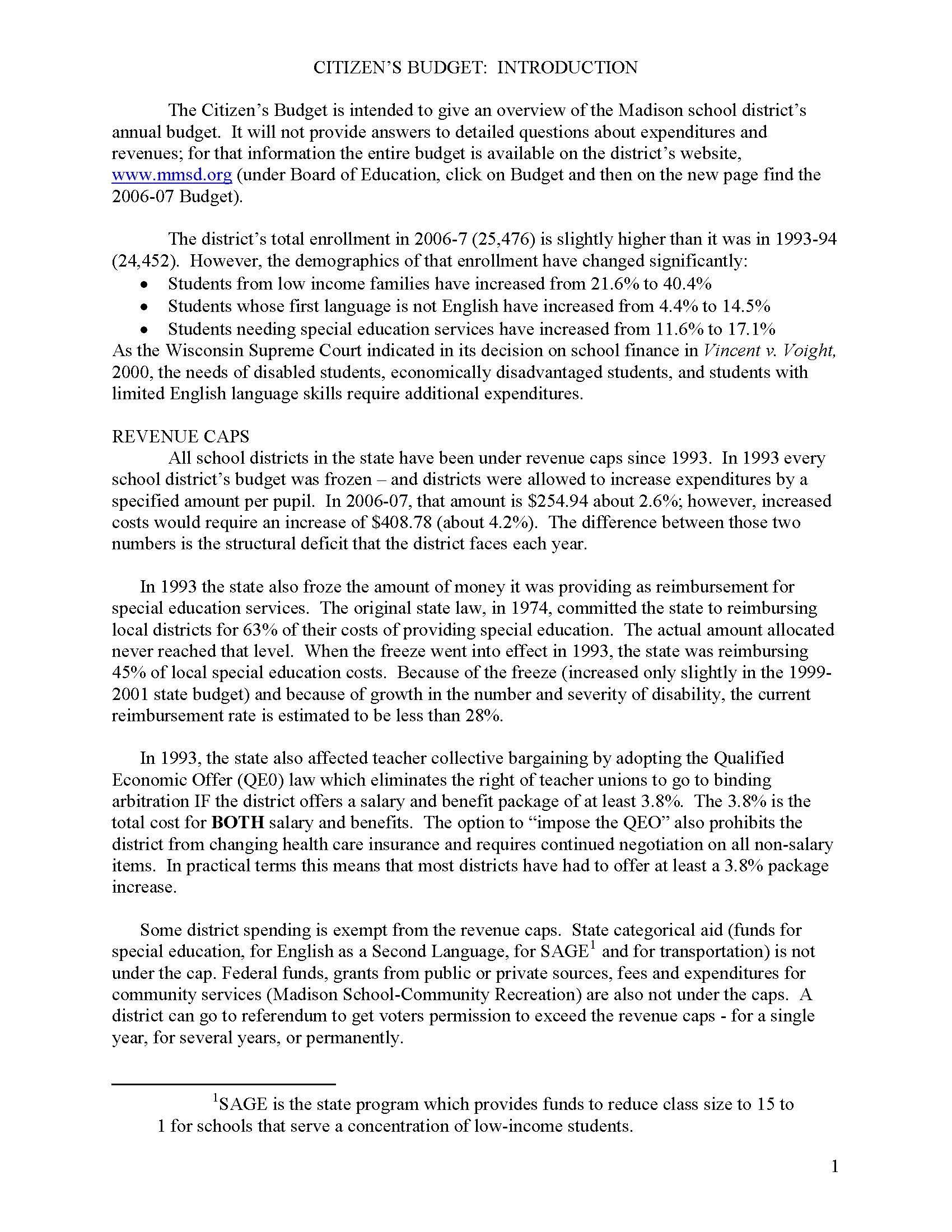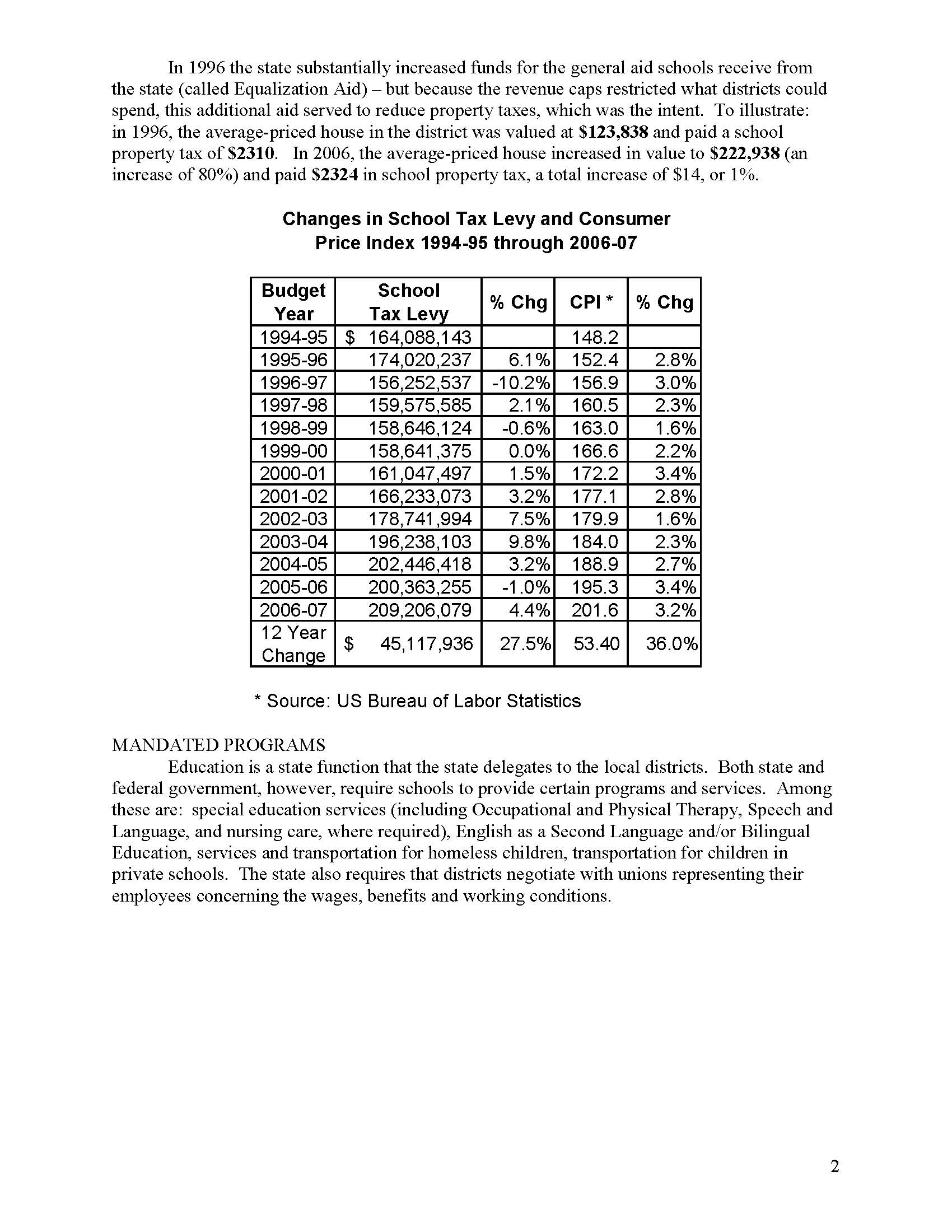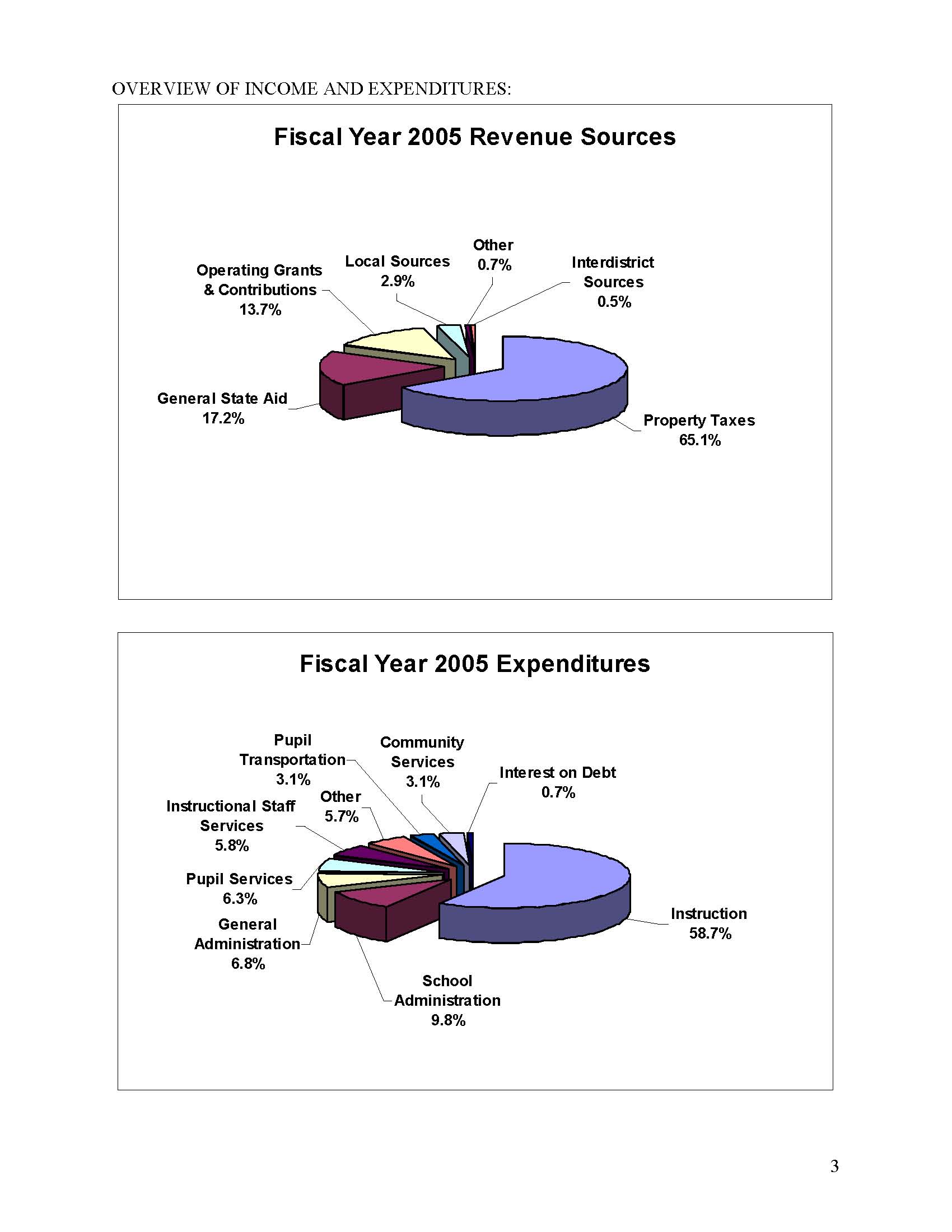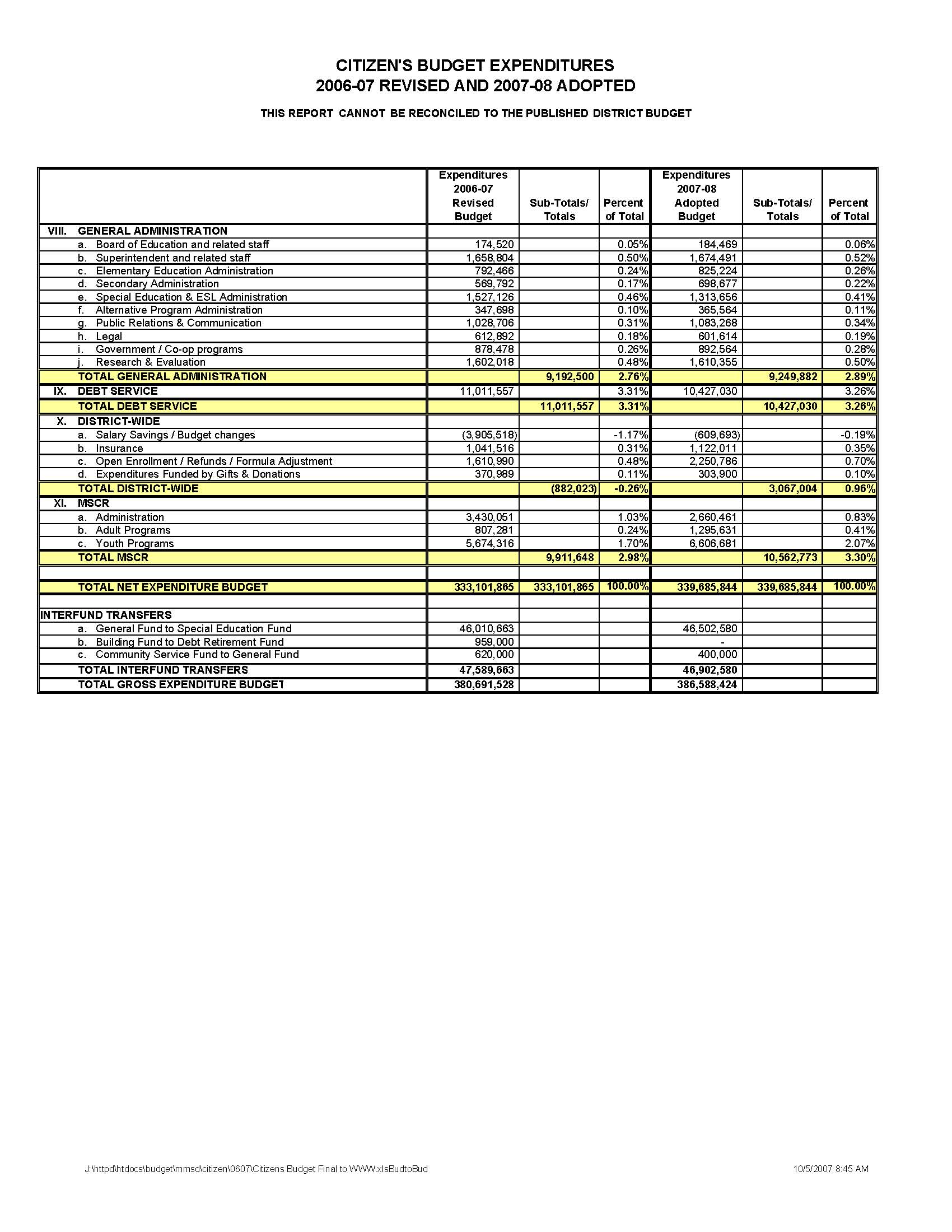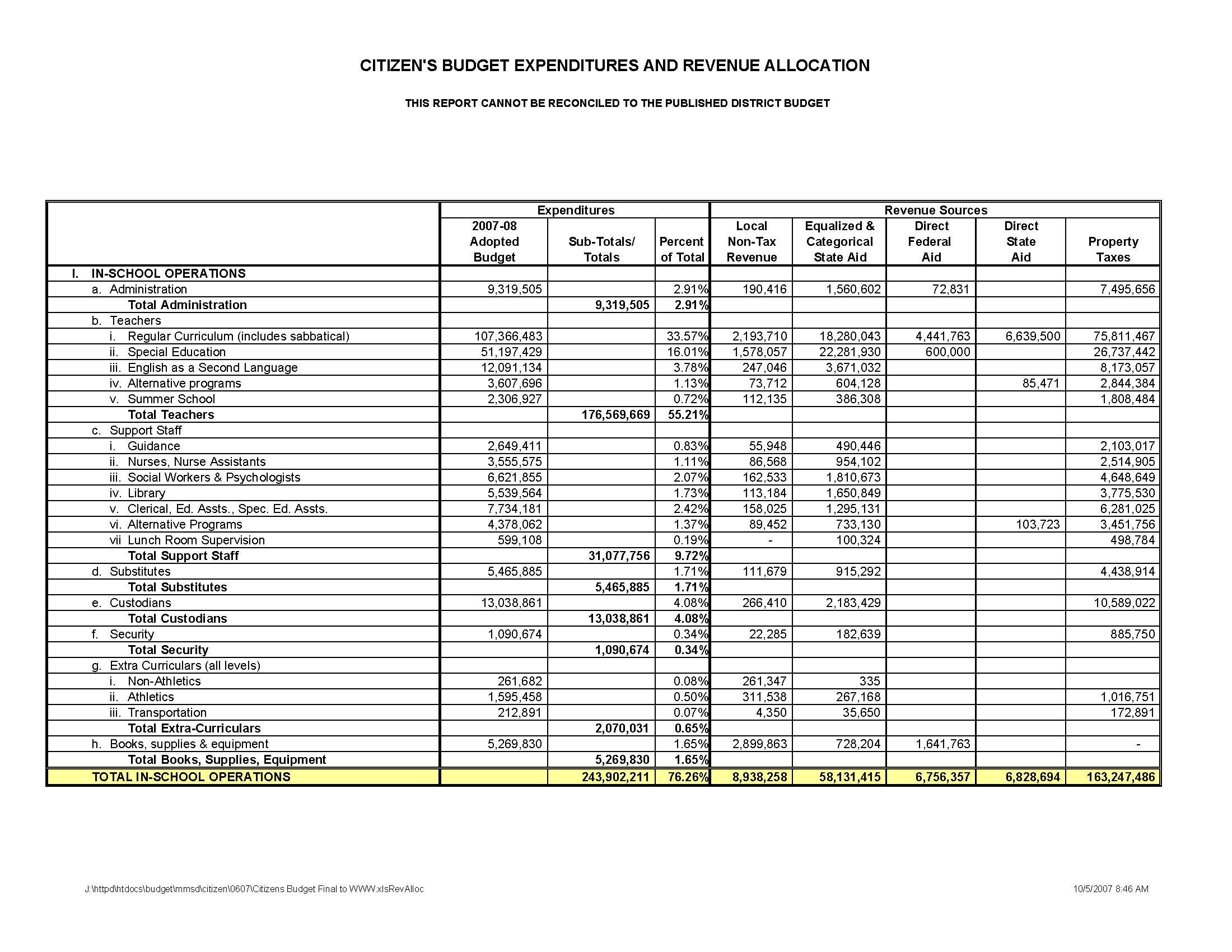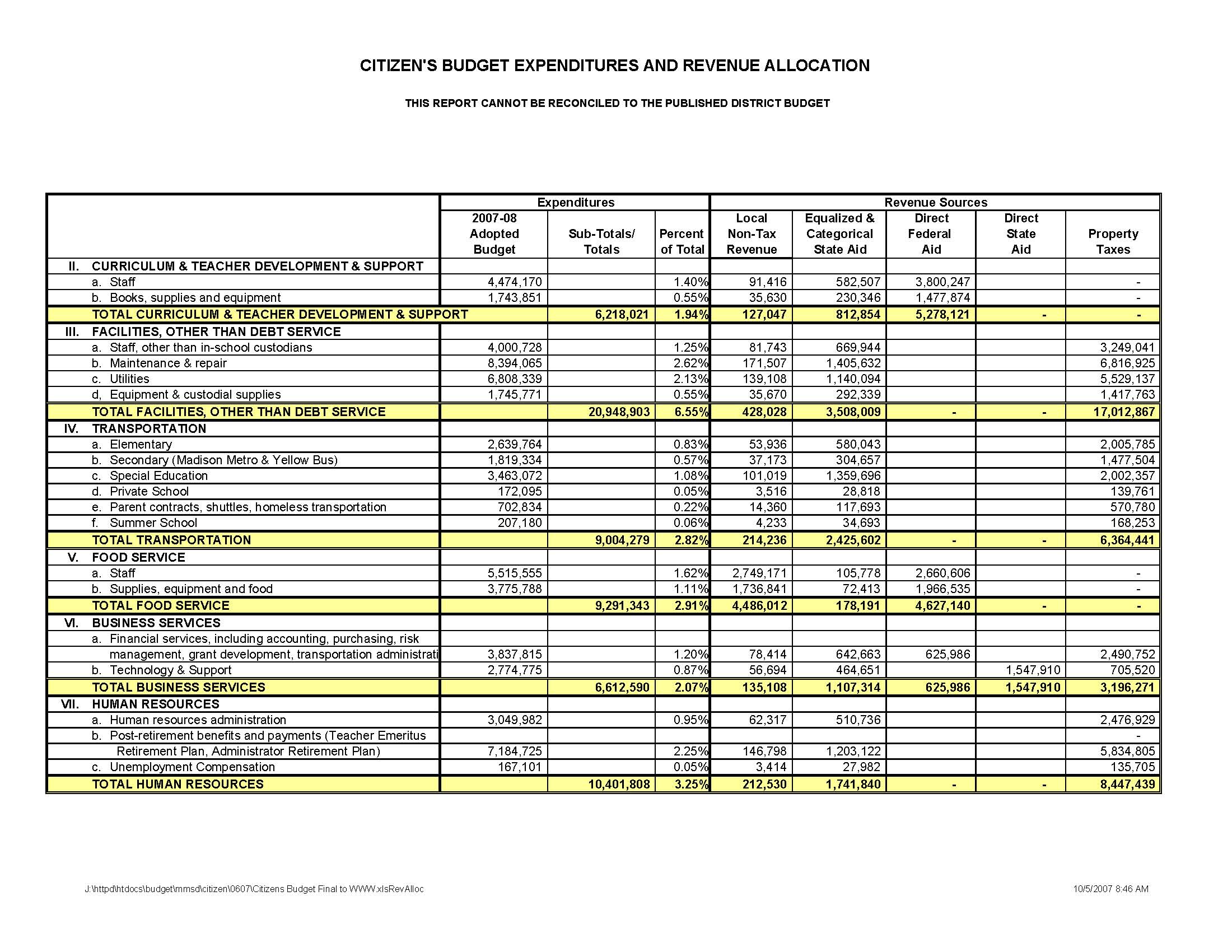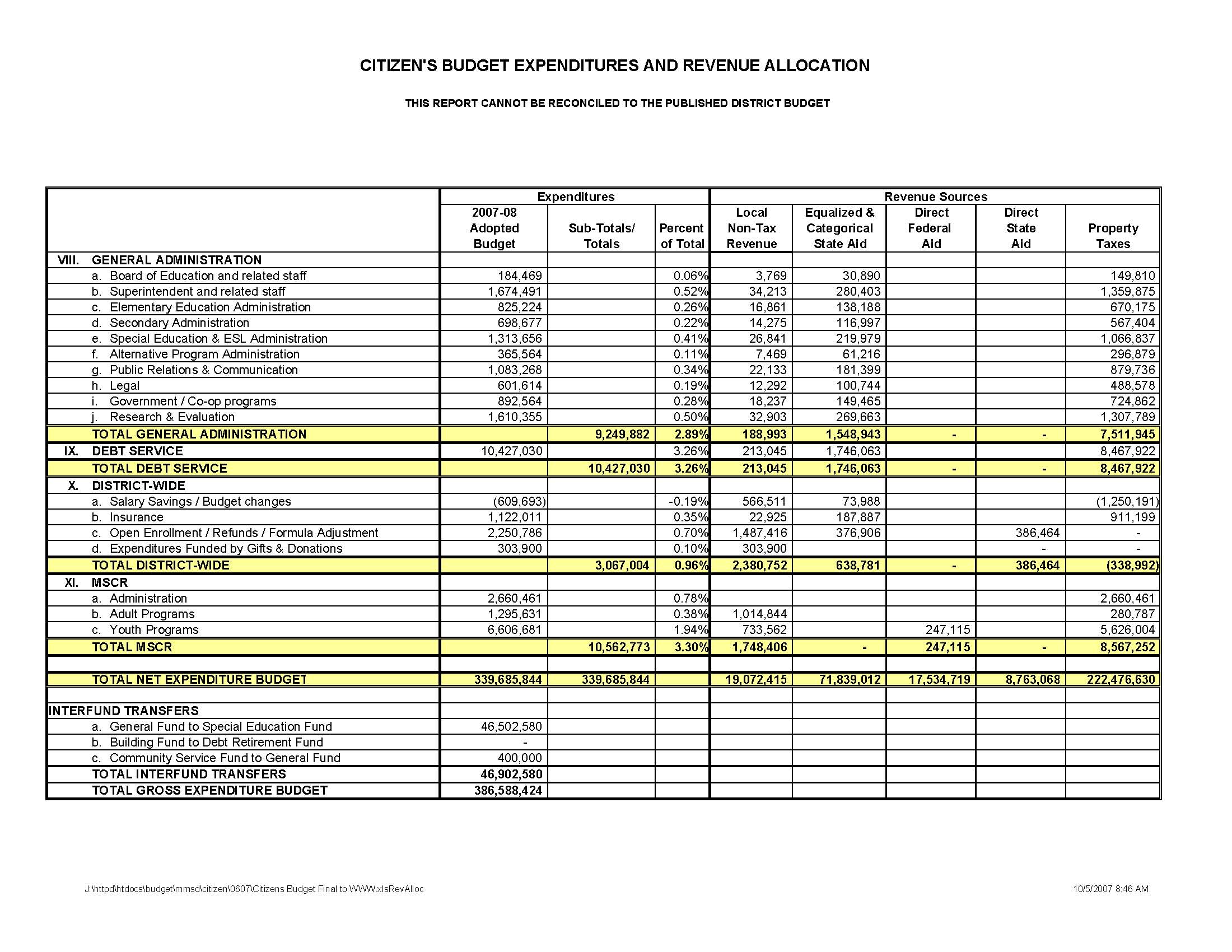One of the reasons that I have devoted more time than I should to analyzing the outcomes from the District’s SLC grants (way too much time, given that I don’t get paid for this and given that the District is going to continue on its merry way with restructuring our high schools into Small Learning Communities no matter what the data indicates) has to do with the frustration I experience when I try and find consistency in the District’s data. Frankly, there isn’t any. MMSD is consistently inconsistent with their numbers, see for example my earlier post trying to identify what the District spent in 2004/05.
The District’s latest press release trumpeting the success of our high school students on the ACT is just the latest example of this problem. According to MMSD, the percentage of Madison students who took the ACT is significantly higher than the percentages that are reported by DPI.
The District reports that “Sixty-nine percent of all MMSD 12th grade students participated in the ACT during 2006-07, compared to 70% last year. Over the last 13 years, MMSD participation has ranged from 67-74% (see pg. 2 table).”
ACT Score Comparison by Year
Average Composite:
%MMSD 12th
Year Madison WI US Graders Tested
2006-07 24.6 22.3 21.2 69%
2005-06 24.2 22.2 21.1 70%
2004-05 24.3 22.2 20.9 74%
2003-04 24.2 22.2 20.9 70%
2002-03 23.9 22.2 20.8 68%
2001-02 24.4 22.2 20.8 67%
2000-01 24.1 22.2 21.0 70%
1999-00 24.2 22.2 21.0 72%
1998-99 24.4 22.3 21.0 67%
1997-98 24.5 22.3 21.0 67%
1996-97 24.5 22.3 21.0 70%
1995-96 23.8 22.1 20.9 71%
1994-95 23.5 22.0 20.8 70%
According to DPI, a much smaller percentage of the District’s 12th graders have taken the ACT in their junior or senior years. (The table below is taken from DPI)
ACT Results – Composite – All Students
Madison Metropolitan |
|
Enrollment
Grade 12 |
Number Tested |
% Tested |
Average Score – Composite |
| 1996-97 |
1,552 |
982 |
63.3 |
24.5 |
| 1997-98 |
1,650 |
1,016 |
61.6 |
24.5 |
| 1998-99 |
1,639 |
1,014 |
61.9 |
24.4 |
| 1999-00 |
1,697 |
1,127 |
66.4 |
24.2 |
| 2000-01 |
1,728 |
1,091 |
63.1 |
24.1 |
| 2001-02 |
1,785 |
1,113 |
62.4 |
24.4 |
| 2002-03 |
1,873 |
1,126 |
60.1 |
23.9 |
| 2003-04 |
1,920 |
1,198 |
62.4 |
24.2 |
| 2004-05 |
2,055 |
1,247 |
60.7 |
24.3 |
| 2005-06 |
2,035 |
1,244 |
61.1 |
24.2 |
| 2006-07 |
1,983 |
1,151 |
58.0 |
24.6 |
An examination of minority student participation in the ACT reveals that the percentage of African American and Hispanic students taking the test has declined over the last three years. Only 20.1% of African American students in the District took the ACT as compared to 34.6% of African American students across the state.
I am more than willing to believe that DPI’s numbers are inaccurate, but don’t they get this data from the District? Several months ago I was attempting to clarify discrepancies between MMSD and DPI in the cost per student data, and that experience is perhaps informative here. I wrote to clarify this issue:
I am writing to ask about the data that the district lists on its web site regarding cost per pupil. The excel spreadsheet t1.xls on the page (http://www.madison.k12.wi.us/re/dataprofile.htm) lists numbers that do not match those listed on DPI’s web site (http://data.dpi.state.wi.us/data/selschool.asp). Specifically, the numbers that MMSD lists as the state average cost per student are greater than the numbers that DPI lists on its site, while at the same time the MMSD cost per student listed is less than what DPI states that our District spends per student.
I am attaching the spreadsheet I downloaded from the District web site, along with the numbers that I got from DPI. If you could help me understand the discrepancy in these numbers it would be most appreciated.
The response that I got back from Roger Price was:
Jeff,
Both data sources are from the DPI. They calculate both tables. I am not sure what the differences are between the two. We utilize the “Basic Facts” data as published by the Wisconsin Taxpayers Alliance.
Roger
Why the District with its extensive Data Warehouse has to rely on the Wisconsin Taxpayers Alliance to tell it what they spend per student is beyond me, but it doesn’t fill me with any confidence about the accuracy of their data.
